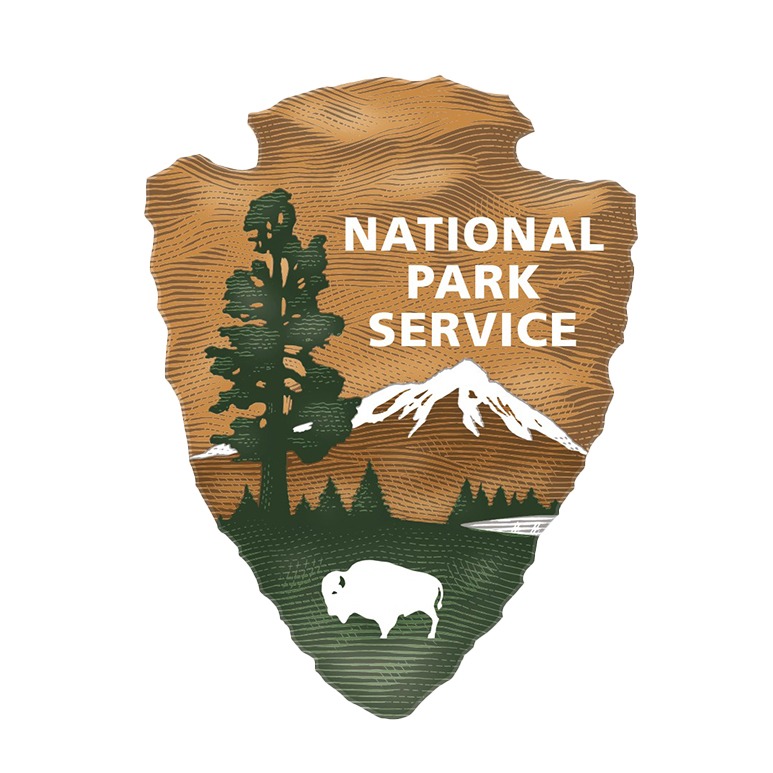*This is a 2021 archived project, view this year’s projects here.
Project overview: Draw on noninvasive research methods, including genetic analysis and camera images, to study Yosemite’s mountain lions and gather data for a statewide species conservation plan.
The backstory: Mountain lions — also known as cougars or pumas — are considered a keystone species. In addition to controlling prey populations, such as deer, they influence the movements of other predators, including coyotes and bears. Throughout California, though, the wild natural landscapes on which mountain lions depend are disappearing, due to development, dying trees and wildfires. In 2020, the Creek Fire alone burned more than 300,000 acres of wildlife habitat.
With its more than 700,000 acres of wilderness, Yosemite could be a refuge for mountain lions. In order to protect the park’s Puma concolor population, however, scientists need to answer key questions about the species’ status: How many mountain lions live in Yosemite, and which parts of the park do they use?
A prior study, conducted between 1998 and 2000, estimated that 45 mountain lions lived in or used Yosemite. New techniques and technology, however, including genetic analysis and advanced cameras, offer scientists an opportunity to gather more in-depth insights into the population’s size and range.
In 2019, with support from our donors, researchers began a focused study of the park’s mountain lions. The following year, again with Conservancy support, the research team continued that work, using a combination of highly trained scat-detecting dogs and remote cameras to gather important information about the elusive wild cats that rely on the Yosemite Wilderness.
During the 2019 season, survey teams collected more than 750 scat samples, of which 57 belonged to mountain lions, and remote cameras captured more than 700 images of cougars across 10 different locations. In 2020, after the research team refined survey protocols even further, detections increased: Preliminary results show that remote cameras snapped photos of mountain lions at 23 locations in the park, and survey teams collected 128 potential cougar scat samples.
This year: 2021 marks the final leg of this three-year study. With your support, researchers are analyzing remote camera images, as well as scat and other genetic material collected during recent field surveys, to identify individual lions; figure out where they live, hunt and roam in the park; and ultimately, estimate the overall population size. In addition to contributing to scientific understanding of mountain lions, this research will inform plans to protect the species in Yosemite and throughout California.
Scroll through a StoryMap to learn more about this research and follow a mountain lion’s journey on a summer morning in Yosemite.
Project partners: Yosemite National Park, California Department of Fish & Wildlife, Humboldt State University, Integral Ecology Research Center, Oregon State University, and Rogue Detection Teams.

